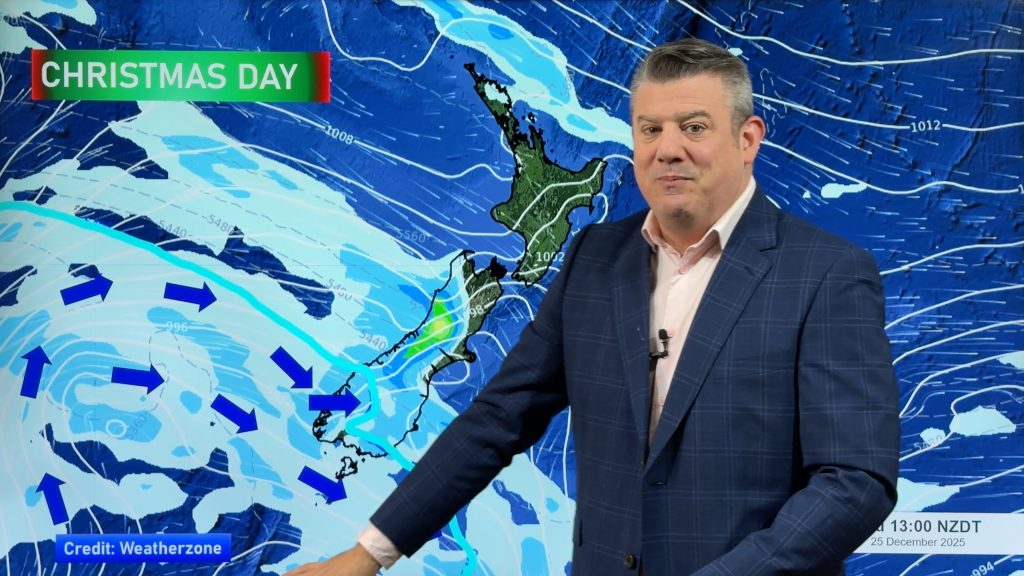
> From the WeatherWatch archives
Low pressure to our southeast and high pressure over the Tasman Sea put New Zealand in a pretty persistent southwest flow this past spring. It was this airflow that produced a somewhat cool spring for most of the country, with dry conditions across many North Island regions, as well as Marlborough and the Kaikoura Coast.
It was an unusually sunny spring for the regions between Waikato and south Canterbury. Many locations in the central and southern North Island, as well as the northern South Island, experienced record or near-record sunshine. Notably, Gisborne, New Plymouth, and Paraparaumu all experienced their sunniest spring on record. Northland, Auckland, and Otago experienced near normal sunshine hours. In contrast, Fiordland was cloudier than usual for spring.
The enhanced southwesterly winds produced a cooler than usual spring in many regions of the country. Well below average spring temperatures (between 0.5°C and 1.2°C below spring average) were observed across the Waikato, extending southwards to Mt. Ruapehu, as well as for coastal parts of southern Hawkes Bay and the Tararua District. Elsewhere across the country, spring temperatures were generally around 0.5°C below the seasonal average. The nation-wide average temperature in spring 2012 was 11.8°C (0.3°C below the 1971-2000 spring average), using NIWA’s seven-station temperature series which begins in 1909.
It was an extremely dry spring for many North Island regions, as well as Marlborough and the Kaikoura Coast. Spring rainfall totals ranged between 50 percent (only half) and 60 percent of spring normal in southern Hawkes Bay, Wairarapa, Wellington, between Wanganui and the Kapiti Coast, as well as in the Bay of Plenty and Blenheim. It was the driest spring on record for Wanganui and at Wellington Airport. It was also rather dry (with between 60 and 80 percent of spring normal rainfall) across much of the remainder of the North Island (the exceptions being Northland, Taranaki, Waikato to the Central Plateau, as well as Gisborne, which experienced closer to normal spring rainfall), as well as in Nelson, Marlborough, the Kaikoura Coast and north Canterbury. In contrast. It was a wetter than usual spring across much of the southern half of the South Island, with above normal rainfall observed (exceeding 120 percent of spring normal).
At the end of spring, soils were unusually dry for the time of year across much of the North Island (except for Gisborne and northern Hawkes Bay), as well as Nelson and Buller. In contrast, soils remain wetter than usual for the time of year across much of south Canterbury. Elsewhere, levels were closer to normal.
Further Highlights:
- The highest temperature was 30.1°C, at Blenheim on 25 November.
- The lowest temperature was -8.3°C, at Lake Tekapo on 14 October.
- The highest 1-day rainfall experienced was 165 mm at Milford Sound on 14 September.
- The highest gust recorded was185 km/hr at Cape Turnagain, on both 18 and 25 October.
- Of the six main centres in spring 2012, Auckland was the warmest, Hamilton the wettest, Tauranga was the sunniest (followed closely by Wellington), Christchurch the driest, and Dunedin the coolest and cloudiest.
Homepage image/ Christine Johnson
By NIWA
Comments
Before you add a new comment, take note this story was published on 4 Dec 2012.




Add new comment